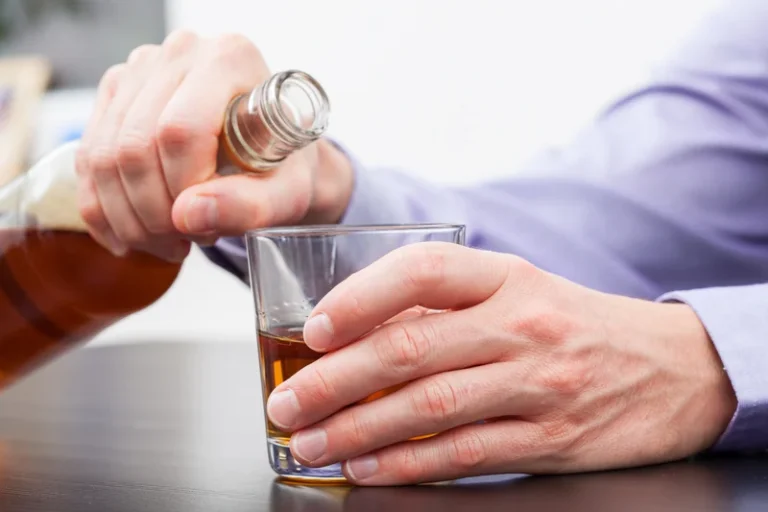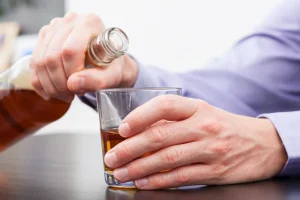
Schools implement drug awareness curricula to inform students about the risks of opioid use and other prescription medications. Healthcare providers receive training on proper prescribing practices and identifying signs of drug misuse. Overprescribing, especially of opioids for pain management, has contributed to widespread availability and potential for abuse. Prescription drug misuse carries serious health, psychological, and social risks.
The Risks

Because depressants work by slowing down the brain’s activity, they can diminish heartbeat, blood pressure and respiration to dangerously low levels. This is especially true when depressants are combined with alcohol or OTC medications. This is dangerous a prescription drugs combination that can even lead to death. If you or a loved one are struggling with the effects of prescription drug abuse, it’s important to reach out for help from a medical facility, prescription drug rehab, or addiction counselor as soon as possible.
- Addressing co-occurring mental health issues is essential for preventing relapse and promoting overall well-being.
- Ask your provider if you’re on the lowest effective dose to manage your condition.
- Electronic prescribing for controlled substances reduces the risk of prescription forgery and improves tracking.
- Medications that can impact long-term memory interfere with neurotransmitters in the brain.
- Continuing education for healthcare providers focuses on recognizing signs of misuse.
Mental Health Resources
- Naltrexone is a medication that blocks the effects of opioids and is used to treat opioid overdose and addiction.
- These changes to brain function may be beneficial – for example, benzodiazepines can produce feelings of calm and relaxation that help those suffering from anxiety function normally.
- In these cases of polydrug abuse, the treatment approach must address the multiple addictions.
- Persons 65 years of age and above comprise only 13 percent of the population, yet account for approximately one-third of all medications prescribed in the United States.
- Legal consequences can range from fines and probation to imprisonment, depending on the severity of the offense.
Get evidence-based treatment to overcome prescription drug addiction at Renaissance Recovery. Read on to learn more about the short- and long-term effects of prescription drugs. You are not continuing to take prescription drugs because you necessarily want to, you are taking them because you feel you HAVE to. Abusing prescription drugs carries many side effects, not only to your physical health but also to your mental and emotional health. Controlled drugs are prescription drugs that have the greatest potential for abuse. Prescription drug abuse prescription drug abuse in older adults is a growing problem, especially when they combine drugs with alcohol.
Now is the time to focus on your recovery.

Lisa is a Licensed Marriage and Family Therapist with over 25 years of clinical experience working in the field of addiction treatment and mental health stabilization and care. While it can be difficult to recognize when someone is struggling with prescription drug abuse (especially if they are hiding their usage), there are some common physical, emotional, and behavioral signs that may indicate a problem. It’s important to note that these signs may vary depending on the specific drug being abused and the individual’s reaction to it, and it’s always critical to approach the situation with empathy and understanding. A useful precursor to long-term treatment of opioid addiction is detoxification.
Medical Disclaimer
Public awareness campaigns use various media to spread information about safe medication use and storage. These efforts highlight the dangers of sharing prescriptions and the importance of proper disposal methods for unused drugs. However, the profitability of prescription drug trafficking continues to drive criminal involvement in this area. Stigma surrounding substance use disorders can lead to social isolation and reduced support networks, further complicating recovery efforts. Physical dependence can occur even with proper use, but misuse accelerates this process. Withdrawal symptoms make it difficult to stop using, contributing to the cycle of addiction.
Medication sources for prescription tranquilizer/sedative misuse

A report from the Lown Institute shows that 42 percent of older adults take five or more prescription medications. If you’re concerned about the number of pills crammed into your pillbox, Garling-Nañez suggests asking your doctor if every single one of them is still necessary or if there are any you can stop taking. Older adults are particularly vulnerable to the other adverse effects of anticholinergic drugs, including constipation (which, in turn, can cause urinary marijuana addiction incontinence), blurred vision, dizziness, anxiety, depression and hallucinations.
Correlates and consequences of prescription opioid misuse

Drug deactivation products allow for at-home disposal by neutralizing medications. These pouches or containers render drugs ineffective and safe for landfill disposal. Some jurisdictions have implemented “pill mill” laws to crack down on clinics that improperly prescribe or dispense controlled substances. Electronic prescribing for controlled substances reduces the risk of prescription forgery and improves tracking. Pharmacies play a role by verifying prescriptions and educating patients on proper medication use.
The Most Addictive Prescription Drugs in 2023 & 2024
If you want to stop taking a regularly prescribed medication, regardless of whether you are abusing it or not, always seek medical advice first. Talk to the person about your concerns so they know that you’re aware of the problem. Many people with addiction must face serious effects before they recognize that they have a problem and want help. Doctors often use it along with the drug naloxone (a combination that can be called Bunavail, Suboxone, or Zubsolv) to prevent relapse.
- This creates a deep change in pain perception and ability to sense other hormonal signals.
- Furthermore, the chronic nature of certain conditions requiring long-term medication use can also affect mental health, leading to emotional challenges or psychological distress.
- These pharmacological treatments counter the effects of the drug on the brain and behavior, and can be used to relieve withdrawal symptoms, treat an overdose or help overcome drug cravings.
Motives for prescription tranquilizer/sedative misuse
Doctors recommend that people who misuse opioids keep naloxone, a medication that can reverse an overdose. Since the early 1990s, doctors have been prescribing many more opioid painkillers such as codeine, hydrocodone, morphine (Astramorph, Avinza, Kadian, MS Contin, Oramorph SR), and oxycodone (OxyContin, Percocet, Vicodin). This is partly because of the rising age of the U.S. population and because more people are living with long-term pain. Prolonged or excessive use of certain medications can lead to cumulative health risks, dependency, tolerance, organ damage, or other unforeseen complications. If you have concerns about potential side effects from statins – or any drug – talk to your doctor. Electronic prescribing systems are becoming more sophisticated, helping to prevent fraud and doctor shopping.
0 comentários